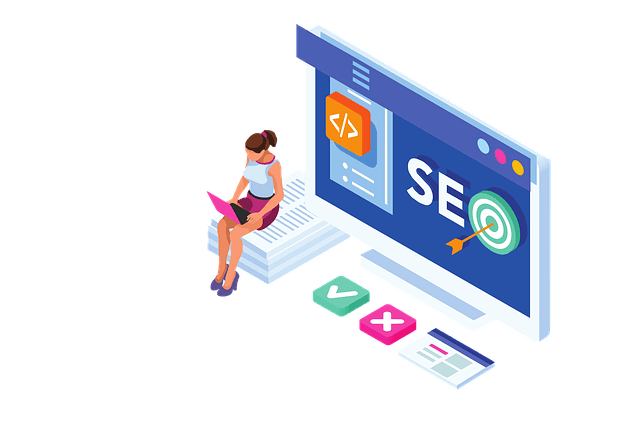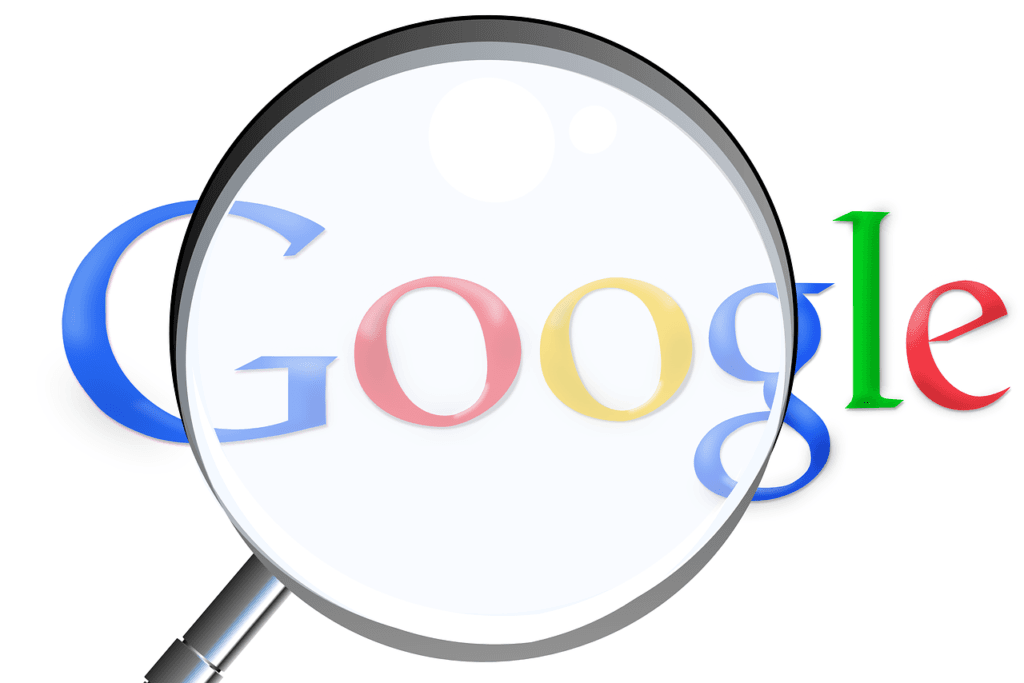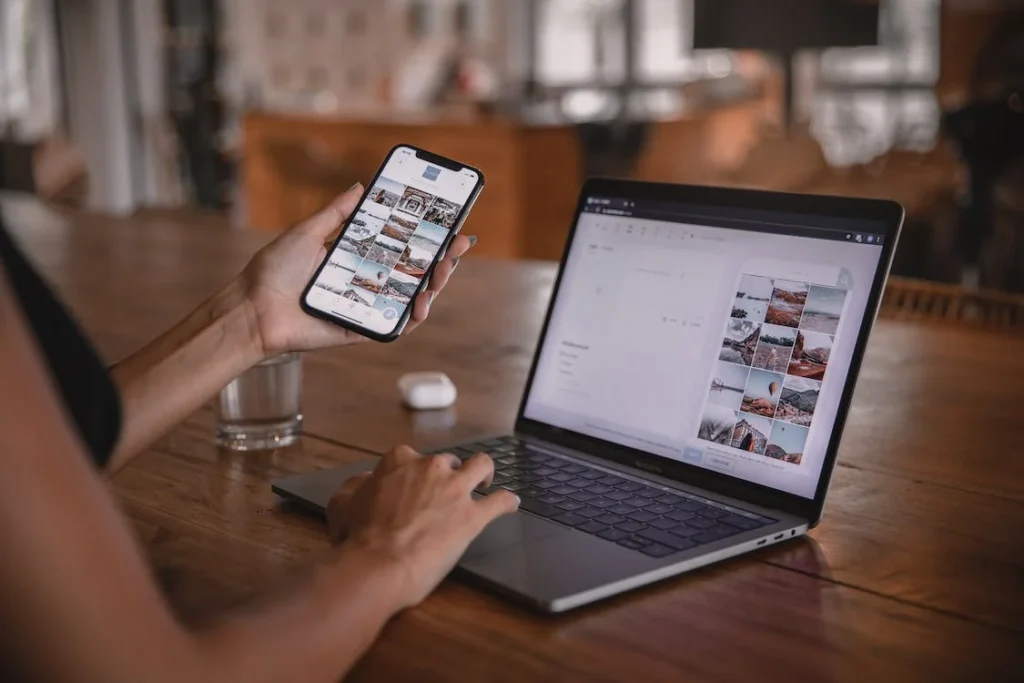In the ever-evolving digital landscape, creating user-focused content is paramount. As users, we’ve all been on both sides of the spectrum: some articles instantly catch our attention, making us hang on to every word, while others are a challenge to wade through. The difference often boils down to content design and readability, two aspects intrinsically linked with the art and science of SEO. In this comprehensive guide, we’ll unravel the secrets of crafting content that’s not only favored by search engines but also resonates with the audience.
SEO, or Search Engine Optimization, is no longer just about keyword stuffing and link building. As search engines become more sophisticated, there’s a growing emphasis on delivering valuable, quality content to the users. This shift is underscored by the updates in Google’s algorithms, which now prioritize user experience and readability as critical ranking factors.
In essence, we’re now playing a double-edged game. On one side, we need to appease the complex, ever-changing algorithms of search engines. On the other hand, we’re catering to real humans, with emotions, preferences, and limited attention spans. Striking the right balance between these two can be tricky but is essential for your content to rank higher and attract a wider audience.
Understanding Your Audience
One of the pivotal steps in creating engaging, user-focused content is developing a deep understanding of your audience. Imagine crafting a beautifully written piece, intricately designed, and SEO optimized, only to realize it doesn’t resonate with the intended audience. All that effort goes down the drain. To avoid this, it’s essential to know who we’re speaking to, what resonates with them, and how they consume content.
Audience Research
Audience research isn’t just a fancy term; it’s a foundational element of content creation. It involves delving deep into the world of your audience, understanding their preferences, behavior, and pain points. Utilize tools like Google Analytics, surveys, and social listening to gather quantitative and qualitative data.
Persona Development
Once you’ve gathered data, it’s time to create audience personas. Personas are hypothetical characters that represent segments of your audience. Give them names, backgrounds, jobs, and challenges. Each piece of content should be tailored to address a specific persona’s needs, answering their questions and providing solutions to their problems.
Content Formatting
The next step is designing the content in a way that’s easily digestible. Remember, online readers have a shorter attention span, and the content needs to be structured to cater to that.
Use of Headings and Subheadings
Headings and subheadings are not just for aesthetics; they serve as signposts that guide readers through the content. They break down the content into manageable sections, each addressing a particular point or idea. When a reader lands on your page, the headings should provide a clear roadmap of what to expect.
Bullet Points and Numbered Lists
Ever noticed how your eyes are drawn to bullet points and numbered lists? They make complex information easy to digest. Use them generously to break down complex ideas into bite-sized pieces. They not only enhance readability but also make the content look more organized and appealing.
Short Paragraphs
In the digital world, less is often more. Short paragraphs are easier to read and digest. They make the content look less intimidating and more inviting. A massive block of text can deter readers, while short paragraphs invite them in, encouraging them to read further.
Language and Tone
Now, let’s touch on one of the most crucial aspects: the language and tone of your content. It’s the bridge that connects you with your audience, and it has to be strong, reliable, and accessible.
Simple Language
Your content isn’t the place to flaunt your extensive vocabulary. Remember, you’re not writing for professors but for real people looking for information, solutions, or entertainment. Keep the language simple, direct, and concise. Every word should serve a purpose, each sentence a step closer to resolving the reader’s query or issue.
Conversational Tone
Imagine having a chat with your reader over a cup of coffee. Your content should evoke the same feeling – intimate, engaging, and personal. Avoid jargon and complex sentences. Write as if you’re speaking to them, addressing their needs and answering their questions in a friendly, conversational manner.
Keyword Integration
As much as we are focusing on the user, we cannot ignore the role of keywords in SEO. It’s a delicate dance ensuring that your content is rich with relevant keywords without compromising readability.
Natural Incorporation
The key is to weave keywords naturally into the content. Gone are the days of keyword stuffing; today, it’s all about integrating them seamlessly so they enhance rather than detract from the reader’s experience. Use tools like Google’s Keyword Planner or SEMrush to identify potent keywords that align with your content goals.
LSI Keywords
Latent Semantic Indexing (LSI) keywords are terms and phrases related to your main keywords. Incorporating these not only enhances your content’s SEO but also makes it more comprehensive and valuable to the reader.
Visual Elements
In an age where visuals dominate the digital landscape, integrating compelling visual elements can significantly enhance content engagement and readability.
Images and Videos
Utilize images and videos to break the monotony of text. Visuals not only make content visually appealing but also enhance understanding, especially for complex concepts. Ensure they are of high quality and relevant to the content.
Infographics
Infographics can transform complex data into easily digestible visual content. They are shareable and can improve engagement, making your content more user-focused.
Mobile Optimization
With the increasing number of mobile users, ensuring your content is mobile-friendly is no longer optional. It’s a necessity.
Responsive Design
Adopt a responsive design that adapts to different screen sizes. The content should be easily readable, and navigation should be seamless on mobile devices.
Accelerated Mobile Pages (AMP)
Consider implementing AMP to enhance the mobile user’s experience. It makes web pages load faster, reducing bounce rates and enhancing engagement.
Accessibility
Making your content accessible to people with disabilities is not only ethical but also boosts SEO.
Alt Text for Images
Always include alt text for images. It enhances accessibility for visually impaired users and also contributes to SEO.
Readable Fonts
Use fonts that are easy to read and ensure that users can easily adjust font size to meet their needs.
Elevating Engagement with Interactive Content
In the bustling digital world, content that engages is content that wins. Interactive elements are not mere additions but essential components that breathe life into your digital content, creating a two-way dialogue and fostering a community around your brand.
The Power of Quizzes and Polls
Imagine offering your audience not just information but an experience—a journey of discovery. Quizzes and polls turn passive readers into active participants. Each click, each response, enriches the user’s engagement and feeds back into your data pool, offering insights into consumer psychology, preferences, and behaviors.
Cultivating Community Through Comments
Every comment is a gem—a direct line to your audience’s thoughts and feelings. But it’s not just about enabling comments; it’s about fostering an environment where feedback, stories, and ideas are exchanged, where the brand and the audience co-create value.

Related: Check out our free SEO suite

The Art of Content Evolution
Static content is a relic of the past. In the dynamic digital era, content must be as alive and evolving as the audience it serves.
Keeping Content Fresh and Relevant
Content updates are a dance with time. Each refresh, each update, ensures that your content waltzes gracefully with current trends, evolving consumer needs, and algorithm updates. It’s not just about adding new information; it’s about ensuring every piece of content is a living entity, growing, evolving, and adapting.
Repurposing: A Rebirth of Content
Content repurposing is akin to breathing new life into old souls. It’s about transforming a single piece of content into multiple forms, each a unique expression, each tailored to different platforms, audiences, and contexts. It’s content reincarnation, where an article becomes a podcast, a blog post morphs into an engaging video, ensuring that content is not just consumed but experienced.
Decoding User Engagement Metrics
Metrics are the compass that guides content strategy through the tumultuous seas of the digital landscape.
Bounce Rate: A Mirror to Content’s Soul
A high bounce rate is not a condemnation but a conversation starter. It prompts a deep dive into content quality, structure, and relevance. It’s a whisper from the audience, offering clues, indicating paths to transform content from mere information to engaging narratives.
The Silent Eloquence of Time on Page
Every second a user spends on your content is a word in the silent dialogue between the audience and the brand. It’s an unspoken testimony of content’s quality, relevance, and engagement quotient. Monitoring, analyzing, and interpreting this silent conversation is key to content evolution.
Harnessing Tools and Technology
In the world where content is king, tools and technology are the queen, reigning over the kingdom of engagement, analysis, and optimization.
SEO Tools: The Alchemists of Content
Tools like Ahrefs and SEMrush are not just analytical platforms but alchemists that transform content into SEO gold. They offer insights, suggestions, and analytics that are akin to the secret ingredients of the elixir of high-ranking, highly engaging content.
The Crystal Ball of Google Analytics
Analytics isn’t about numbers; it’s about stories—narratives of user journeys, behaviors, and engagements. Each data point, each metric, is a chapter of the grand narrative of how content is consumed, perceived, and engaged with.
The Symphony of Content Promotion
Creation and promotion are not separate entities but two movements of the same symphony.
Social Media: The Stage of Content
Each platform is a stage where content performs, where it’s not just seen but experienced. Tailoring content to fit the unique ethos, audience, and context of each platform ensures it resonates, engages, and captivates.
Email Marketing: The Personal Touch
In the world of public performances, email is a personal serenade. It’s content delivered with a personal touch, tailored, customized, making each recipient not a member of the audience but the star of the show.
Conclusion
Embarking on the journey of user-focused content design is akin to weaving a tapestry of engagement, value, and SEO excellence. Each thread – from the intimate understanding of the audience, the artistry of content formatting, the eloquence of language and tone, to the science of keyword integration and the visual allure of images and graphics – is intricately woven to create a masterpiece that resonates with both the audience and search engines.
In the depths of interactive content, we discovered the transformative power of engagement, where content is not a one-way communication but a dialogue, an experience that immerses the reader, making them an integral part of the content narrative. Content evolution underscores the dynamic nature of the digital landscape, where content is not static but alive, pulsating, and evolving, mirroring the ever-changing trends, data, and user needs.
READ NEXT:
- ROI-Driven Startup SEO Strategies: A Budgeting Guide
- Visual Content SEO: Infographics, Charts, and Graphs
- Effective Keyword Mapping for Startup Website Architecture
- How to Dominate Google Rankings for Every Type of Loan Service
- Startup SEO Budgeting for E-commerce: Conversion Rate Optimization






















Comments are closed.